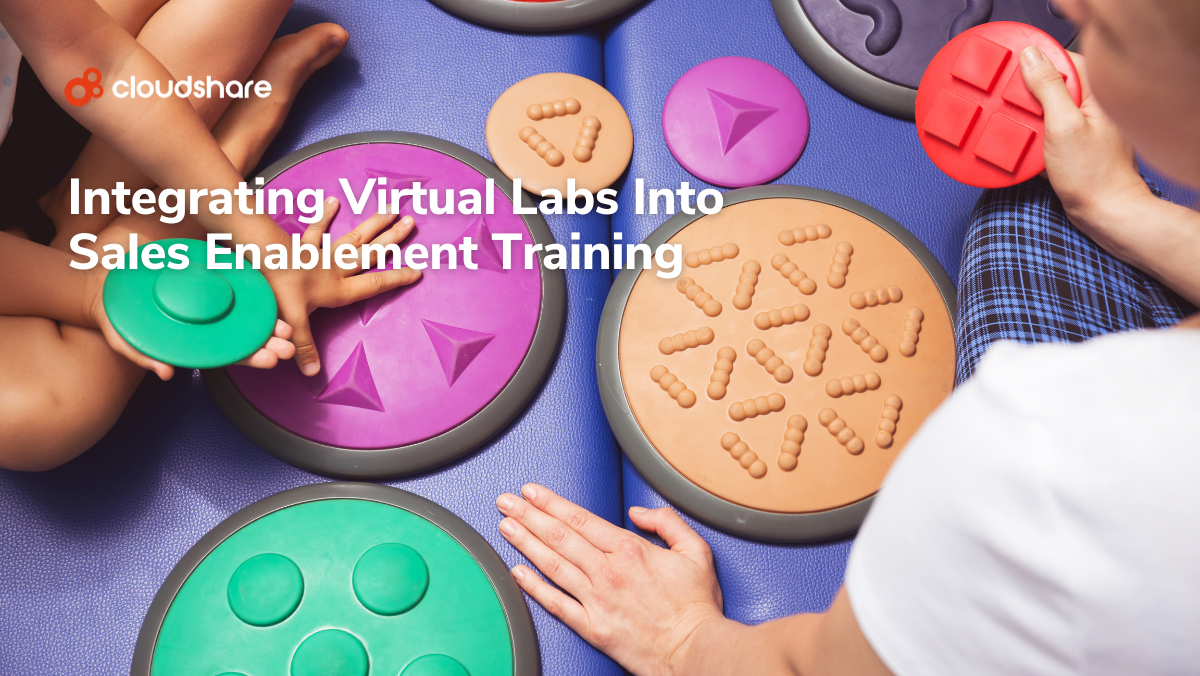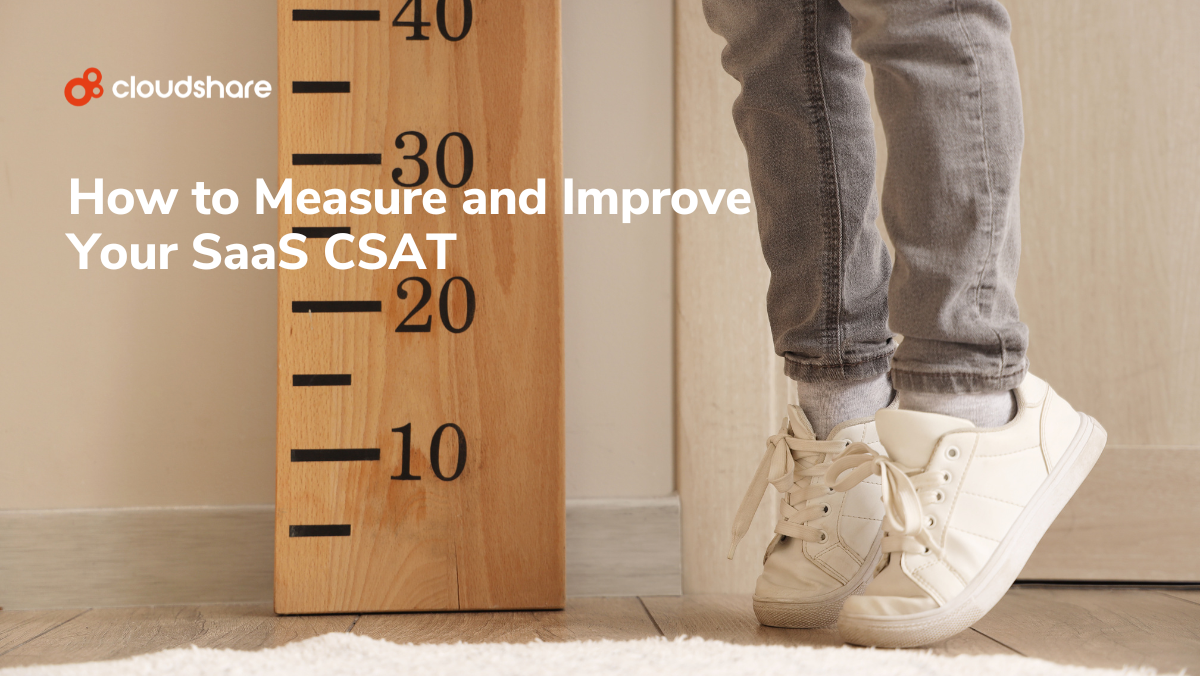Glossary
Sales Enablement Experience
What is Sales Enablement Experience?
An organization’s sales enablement experience encompasses every facet of its efforts to support sales enablement activities — in other words, everything the organization does to help its sales team shorten the sales cycle and improve their success rate, including:
- Creating and curating sales and marketing content such as customer success stories, product brochures, and search ads.
- Training and onboarding programs intended to help sales professionals understand an organization’s products, familiarize themselves with their toolkit, understand market and industry trends; and improve their sales skills.
- A comprehensive sales playbook that covers both processes and best practices to ensure members of the sales team stay aligned with one another.
- A sales enablement platform — essentially a collection of sales technology and tools designed to make life easier for sales professionals. Components may include:
- Sales automation.
- Lead generation.
- Performance tracking and sales enablement analytics.
- A customer relationship management system.
- Formalized systems for providing feedback and guidance to sales personnel.
- Internal technical support — for example, the IT helpdesk.
- A long-term roadmap that defines sales goals and milestones.
Why Does Your Sales Enablement Experience Matter?
Sales enablement is all about efficiency. It’s about helping your sales team gain a better understanding of both your customers and themselves, allowing them to connect on a far deeper level. It’s about providing your salespeople with the tools, techniques, and information they need to be better at their jobs.
Perhaps most importantly, it’s about ensuring your organization provides a more positive, more consistent customer experience. Sales enablement, in other words, is everything. And while your sales team may be able to succeed without a sales enablement strategy, they won’t truly thrive.
The Five Pillars of a Successful Sales Enablement Methodology
Training
The first, most important pillar of sales enablement is ongoing development of knowledge, skills, and core competencies. Your organization’s sales enablement training should start with onboarding, then continue throughout each sales professional’s career. Rather than hosting a refresher course every year, you may instead wish to embrace microlearning.
This will allow your sales team to digest new information on a far more regular and consistent basis, potentially improving both retention and engagement. If you so choose, you can still augment these bite-sized sessions with larger and more comprehensive courses.
Messaging
What message do you want your salespeople to deliver to your customers? More importantly, is that message consistent with the rest of your organization? It’s imperative that if someone asks a question about your organization and what it does, every member of your sales team provides more or less the same answer.
It’s all about consistency.
Content
Your sales team should have access to a comprehensive library of content tailored for each stage of the customer journey. They should also know where and how to find this content at any given time. Remember, too, that not all content is created equal.
Your organization should regularly assess and evaluate each piece of sales collateral in order to determine what works — and what doesn’t. Regular content audits are therefore a must. As part of these audits, you should:
- Identify the presence of any potential content gaps, and brainstorm a means to fill them.
- Determine whether or not your sales materials still align with your current strategy.
- Update or remove outdated content.
- Assess how well your overall content strategy conveys your brand’s identity and unique selling points.
Collaboration
Your sales team does not exist in a vacuum, and ultimately sales professionals represent only one leg of the customer journey. To ensure the transition from prospect to buyer is as seamless as possible, sales professionals should regularly collaborate with both your marketing team and your customer success team. Sales enablement must support and enable this collaboration by:
- Ensuring integration between tools.
- Establishing a single source of truth for customer data which is accessible to all stakeholders.
- Hosting joint training sessions to help each team understand the role their counterparts play in the sales cycle.
Documentation
What is your overall sales and marketing strategy? Is that strategy documented in such a way that it’s accessible to your team? That’s step one.
Step two is keeping track of everything your sales enablement team does. Traditionally, this would take the form of a sales enablement charter. However, if you’re using a virtual sales enablement platform, you should generally be able to log everything through software — then leverage analytics to gain deep insights into your team’s operations.
Best Practices for Better Sales Enablement
For sales enablement to function as effectively as possible, there are a few best practices you’ll want to follow.
- Ensure strategic alignment between your sales team and organizational leadership. This also means setting sales goals that help your organization progress towards fulfilling its overarching objectives, whatever those may be.
- In addition to ensuring that your sales team has access to all the necessary collateral, ensure that other stakeholders also have access to whatever content or information they require. Data silos are anathema to effective sales enablement — and to smooth business operations in general.
- Include an organizational growth roadmap as part of your sales enablement strategy. How will you have your sales teams adjust their approach as your organization grows? How will salespeople support the launch of new products or your organization’s entry into new markets?
- Make sure your sales team has a solid understanding of your customers. The more they know about the buyer and their experience, the more effectively they can sell. Key details to focus on include:
- For B2B buyers:
- Their role and responsibilities within their organization.
- Key performance indicators, goals, and pain points.
- Industry.
- Company size.
- Challenges and opportunities associated with their role.
- Objections and common concerns.
- In general:
- Age.
- Education level.
- Location.
- Income level/budget.
- Values.
- Hobbies and interests.
- Sources and tactics for researching new products.
- Preferred method of contact.
- For B2B buyers:


